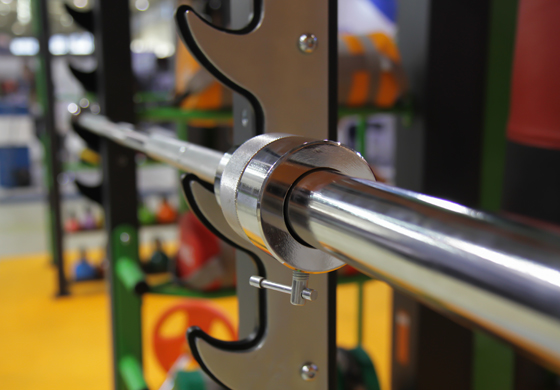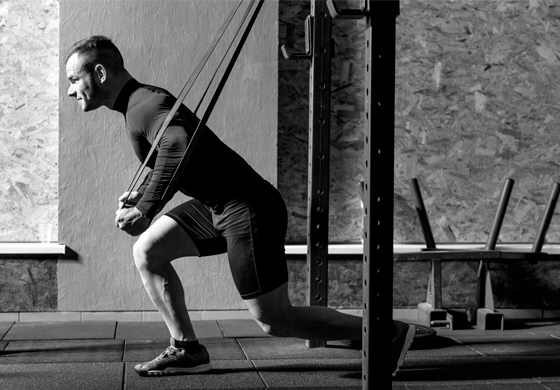Box Squat vs. Free Squat: The Difference Coaches Forget

Force – Velocity Profile: Accommodating Resistance
January 8, 2018
Resistance training and transfer to sport movement: we all have a decent answer
January 8, 2018Box squat vs. Free squat is a choice that I make as a coach not for optimizing technique and transfer to 1RM Squat, but, for fatigue purposes. The free squat and box squat both have their benefits from a technique and muscle activation standpoint as I am an advocate for both. With the free squat one gets higher quad activation and larger stretch of their posterior chain muscles. The box squat allows for a higher hip activation and higher power output (based on velocity) at specific loads and is also better for applying Westside Barbell Dynamic Effort method using accommodating resistance (bands or chains). This post is to explain the difference during absolute strength, with low or high volume, that coaches forget; RPE and Recovery.
 Rating of Perceived Exertion is a scale usually for endurance activities. Borg’s RPE Scale (6-20 rating) is supposed to mimic what a subject feels their heart rate is at. RPE for resistance training is usually used as a 1-10 scale to describe the individual intensity that a lifter should experience. Whether that be going to a true max / rep max or a “soft” max / rep max where a specific amount of reps are “left in the tank.” The RPE I am talking about is a mix of the two, a true subjective measure of how it feels and how it feels one / two days later. This subjective measure for a box squat is usually lower than a free squat, given the same intensity. Remember, I am talking about athletes, not lifters. While lifters need to be aware of burnout, they usually have no reason to worry about this type of RPE. Athletes on the other hand do.
Rating of Perceived Exertion is a scale usually for endurance activities. Borg’s RPE Scale (6-20 rating) is supposed to mimic what a subject feels their heart rate is at. RPE for resistance training is usually used as a 1-10 scale to describe the individual intensity that a lifter should experience. Whether that be going to a true max / rep max or a “soft” max / rep max where a specific amount of reps are “left in the tank.” The RPE I am talking about is a mix of the two, a true subjective measure of how it feels and how it feels one / two days later. This subjective measure for a box squat is usually lower than a free squat, given the same intensity. Remember, I am talking about athletes, not lifters. While lifters need to be aware of burnout, they usually have no reason to worry about this type of RPE. Athletes on the other hand do.
I program absolute strength work for box squats for three reasons:
• Weekly Scheduling / Peaking
• Moderate Pre-Session RPE
• Prep for major event



